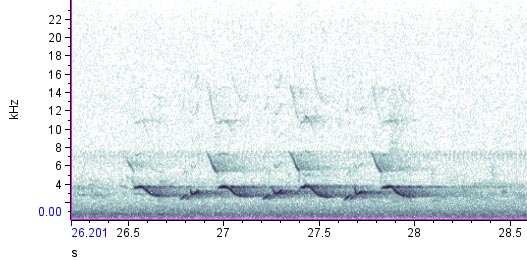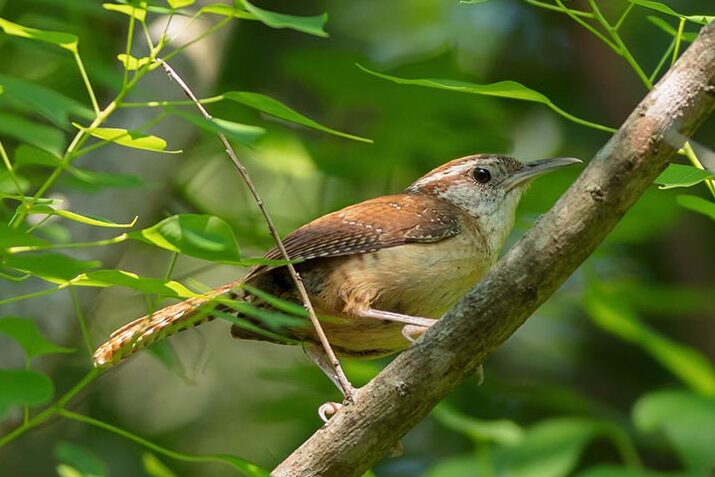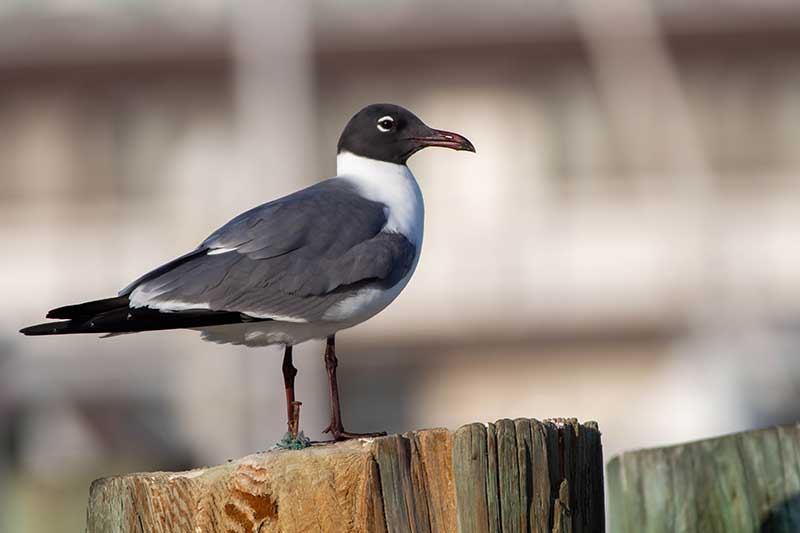Listening to bird songs and watching their spectrograms is a great way to become a better birder.
I try to record new species at every opportunity. Usually I record with my phone but occasionally I’ll record with my standard microphone setup.
I looked through my collection of recordings and have a few clips with fun spectrograms we’re going to check out and analyze.
Morelet’s Seedeater

Why I love this spectrogram
Taking a look at the visualization, in blue, you can see the first group of varied upslur notes (rises in pitch) accelerate.
Then begins three groups of downslur notes (in purple) that sound very space laser-y.
This leads to the bird’s final vocalizations of three noise bursts (in orange).
Parts of this bird’s song reminded me of the Northern Cardinal (lasers), but it had some fun, unique qualities to it. I saw this bird in Cancun, Mexico a few times, and it always sang from a thin bough on the top of a tall tree.
Carolina Wren
The Carolina Wren is a loud, omnipresent singer in many places where I live. This bird is often heard above all others as its song echoes through the trees.
Why I love this spectrogram
I like to think of the Carolina Wren’s song as ‘bouncy’. Checking out its spectrogram, the song follows a wave pattern.
It likes to sing this song in repetitions of four. Various wrens will sing at different speeds, some more laid back, others in a hurry. I’m not sure what the reason is whether it’s a preference or due to external factors such as time of year or weather.
Laughing Gull
While this clip isn’t a song, the call of the laughing bird brings a smile to my face every time.
Why I love this spectrogram
You’ll see in the above spectrogram the layers of notes in each call. This type of vocalization is called nasal. I love this bird because it sounds like it’s laughing at passerbys. As it laughs, it throws its head back, and often other birds will call in response.






